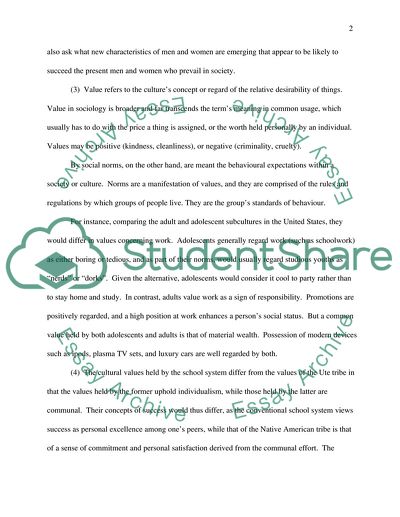Cite this document
(Temperament of Margaret Mead Book Report/Review, n.d.)
Temperament of Margaret Mead Book Report/Review. Retrieved from https://studentshare.org/psychology/1727697-sociology-lesson-1-to-6
Temperament of Margaret Mead Book Report/Review. Retrieved from https://studentshare.org/psychology/1727697-sociology-lesson-1-to-6
(Temperament of Margaret Mead Book Report/Review)
Temperament of Margaret Mead Book Report/Review. https://studentshare.org/psychology/1727697-sociology-lesson-1-to-6.
Temperament of Margaret Mead Book Report/Review. https://studentshare.org/psychology/1727697-sociology-lesson-1-to-6.
“Temperament of Margaret Mead Book Report/Review”, n.d. https://studentshare.org/psychology/1727697-sociology-lesson-1-to-6.


